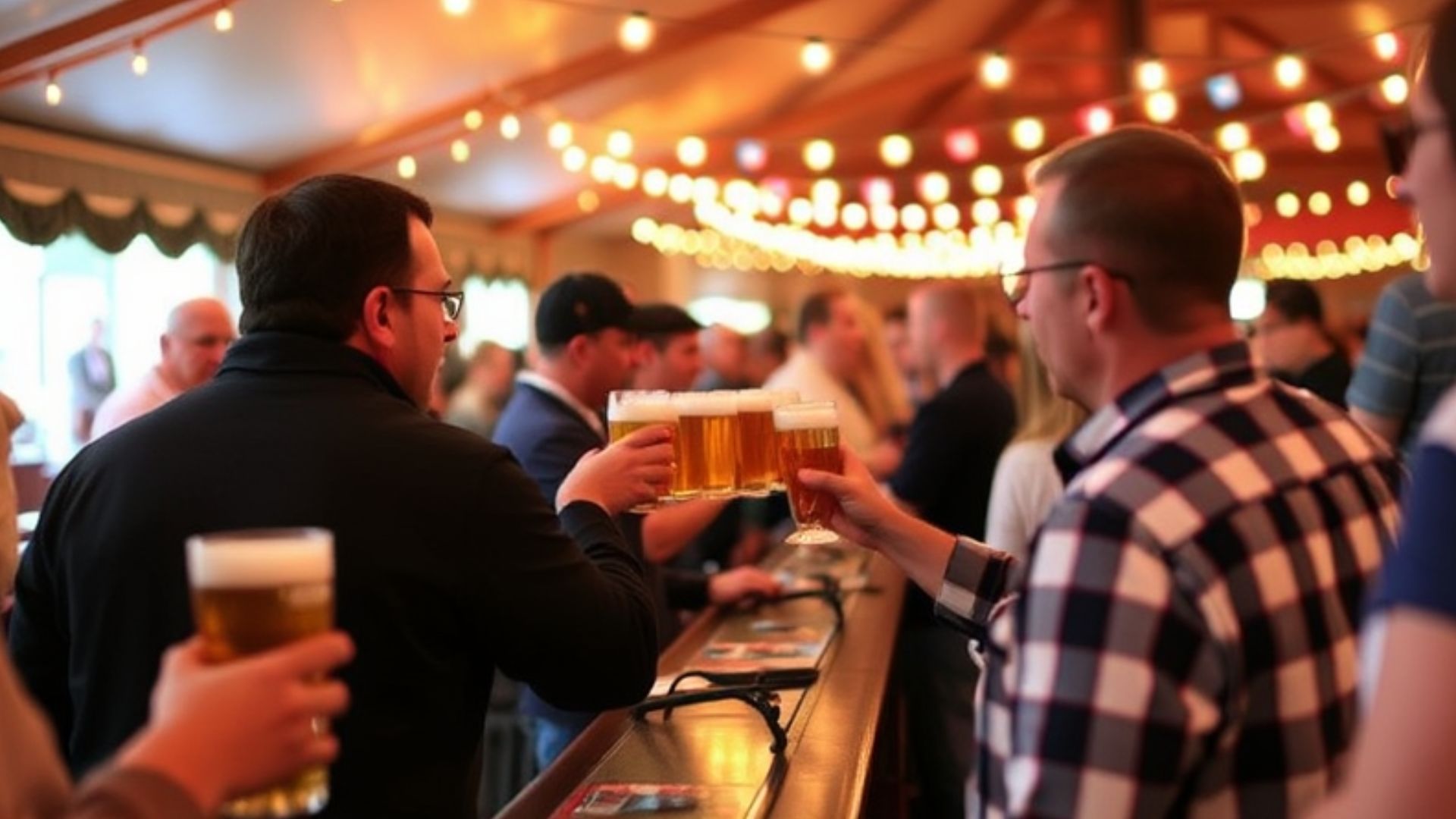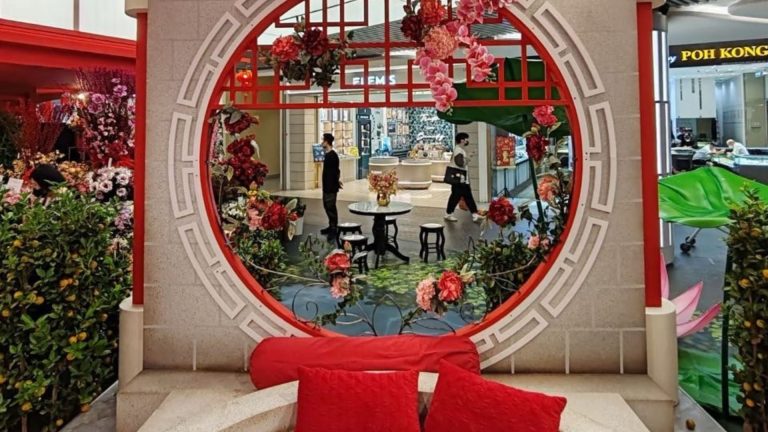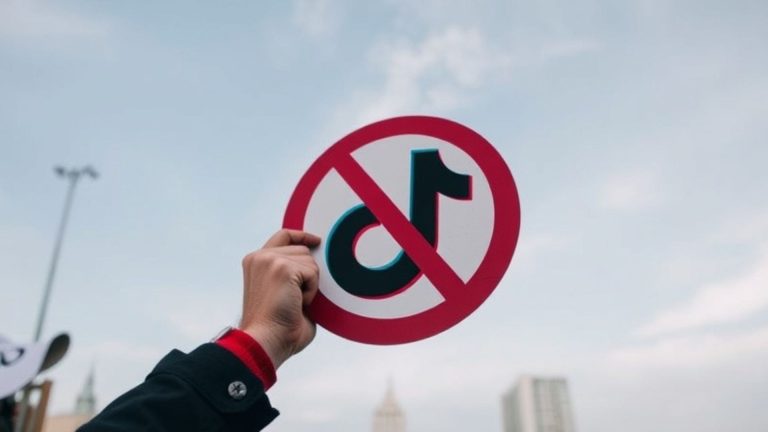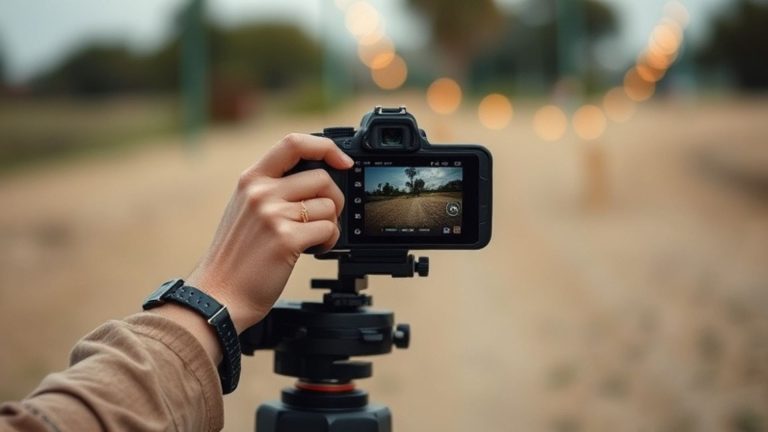Marketing in the Age of Restrictions: Reinventing Alcohol Ads
The alcohol sector has been home to the most inventive and influential advertising for quite some years, and it is now in the grip of increasing regulation and restriction. As from the streets of Paris to the online world, marketers can find themselves reimagining the ways in which they can connect with the consumer while navigating cultural sensibilities and dealing with laws that are increasingly strict about alcohol promotion. This article looks into how alcohol advertising has changed owing to the challenges posed above with special attention on creative ideas and innovations implemented by brands to survive the environment restricted.
The Global Shift Toward Restricting Alcohol Ads
All the nations on this planet have seemingly endless regulations against the consumption of alcohol, especially by their youth. For instance: In Australia, France, and the United Kingdom, advertisements have been banned to glamorize or make it look more attractive among minors. Such prohibition led to rethink marketing strategies of such brands forcing them to improve on creativity while advertising under such restrictions.
Advertising Alcohol in Malaysia is not much different from alcohol advertising across the globe. All alcohol advertisements are subjected to strict guidelines that very well reflect the cultural and religious mosaic of Malaysia. Malaysia does not have huge bans on advertising as seen in other corners of the world; however, alcohol brands still have their own challenges in trying to advertise their products without causing public sensitivity or breaking local rules.
The Challenge of Digital Marketing
One of the top issues with alcohol advertising today is the digital scenario. It is the entry of Instagram, TikTok, YouTube, and many others that have not only allowed the alcohol brands to be available for the very first time among younger audiences, but have also brought their own rules. To illustrate this, Instagram prohibits alcohol advertising through the portals, although it allows users to continue working with the likes of influencers to subtly integrate products into their lifestyle.
A prime example of this paradigm shift is Jameson Irish Whiskey’s partnership with actor on platforms such as Instagram and TikTok. By not directly showcasing their product in advertisements, Jameson was indeed to tap into a younger demographic without breaching advertising regulations or appearing too “sales-driven.”
This approach recently found a new fresh example in Absolut Vodka and the associations formed with digital creators. Instead of classical advertising, Absolut went for an experiential, user-generated content strategy. The brand asked creators to share their stories and experiences while they featured Absolut subtly, authentically, and organically. This multi-platform campaign avoided direct alcohol making but still managed to engage a young, diverse audience in an almost personal, relatable manner. This is how alcohol complied with the regulations and got alive in a culture for Absolut.
Rethinking Traditional Media
Alcohol advertising has always used creativity in regions like France, where such advertising is banned in televisions and on billboards. Since 1991, the direct advertisement of alcohol on public television and radio has been governed by the “Loi Evin” law. The traditional avenues have dried up such that most brands now spend on sponsorships, events and indirect advertising. One brand namely Heineken has done this quite well, by things such as sponsoring events like UEFA Champions League, where again, the event builds the thirst for their product.
Like the UK, Carling has faced a stream of attacks from the press over some irresponsible marketing but has made something good out of it by starting a campaign on responsible drinking. The brand now has ads that encourage moderation and drinking responsibly. Just under the national health guidelines but still appealing to its target customers, this is how the Carling “campaign best beer for the best moments” was without the excess consumption tag but more of the social occasions and positive experiences.
Embracing Content Marketing and Storytelling
With more stringent regulations being imposed on conventional advertising, many alcohol brands are resorting to content marketing and storytelling as the most powerful tools to connect emotionally. Through such interesting stories and contents, brands will have the opportunity to connect with consumers on an emotional basis without directly pushing the product.
A brand with a very rich legacy of quality and craftsmanship, Guinness is the perfect example of how storytelling can both enhance the brand personality but avoid some of the regulations. The “Made of More” campaign focused on resilience, perseverance, and innovation; all were done under the shadow of the heritage of the brand and the craft behind its famous stout. It kept Guinness afloat while competing in a market and fulfilling the spirit of restraints in alcohol advertising.
In the same vein, Jack Daniel’s took full advantage of this channel. One such campaign was “Jack Daniel’s Tennessee Honey,” which portrayed how the brand originated in Lynchburg, Tennessee, while celebrating the local community. This is how Jack owes part of the strong relationship between the two parties to a compelling storyline while not resorting to traditional methods of selling.
The Rise of Experiential Marketing
Experiential marketing has become one of the alternative strategies that alcohol brands use, in the face of severe restrictions on advertising. It creates personal and memorable moments when the consumer can interact with a brand and usually bypasses traditional media channels entirely.
In tightly regulated alcohol markets, experiential marketing opens a unique area for brands to do direct consumer engagement. An example is Diageo, which owns brands such as Guinness, Johnnie Walker, and Baileys, with aggressive investments in pop-up events and virtual tastings to immersive brand experiences. During the pandemic, Diageo was organizing virtual whiskey tastings, allowing participants to sample Diageo’s products while simultaneously learning about the brand’s history and craftsmanship. Such events were marketed through social media and email campaigns rather than the traditional, yet restricted, advertising channels.
In the UK, Bacardi’s unique experience is through the “Bacardi Legacy Cocktail Competition,” wherein bartenders are encouraged to create new breed cocktails using Bacardi rum. It is a good way to engage consumers, rack up brand equity, and support creativity while still keeping the spirits advertising code safe.
The Future of Alcohol Marketing
This journey across the digital world does not come cheap; alcohol brands are expected to keep embracing new technologies, regulations, and changing consumer preferences. The real challenge here is how best to combine that creativity with compliance. As ever more such ‘new media’ keep mushrooming aświetne. From TikTok to virtual reality, alcohol brands will have to innovate yet perform well as a brand without drowning in marketing.
Besides that, brands that best place themselves in responsibility, cultural sensitivity, and inclusivity will indeed tend to get through it all. More and more, such brands that define their values as morals can find themselves in contention with consumers. Seemingly, this trend won’t go away, and the alcohol marketing world will have to face it.
The alcohol industry is at a crossroads. Because of the drastic increase in spread and scope and the tighter lash of alcohol advertising regulations, alcohol brands must critically reevaluate their strategies. Tying in with consumers while tethering themselves to these regulations requires creative digital campaigns, experiential marketing, and story-driven content. The way forward is through tools like CTRLFire, which allow seamless multi-platform management and compliance with different advertising channels. Indeed, the new-era restrictions are combining forces into a nexus of reinvention for survival, allowing the innovative to keep flourishing.













